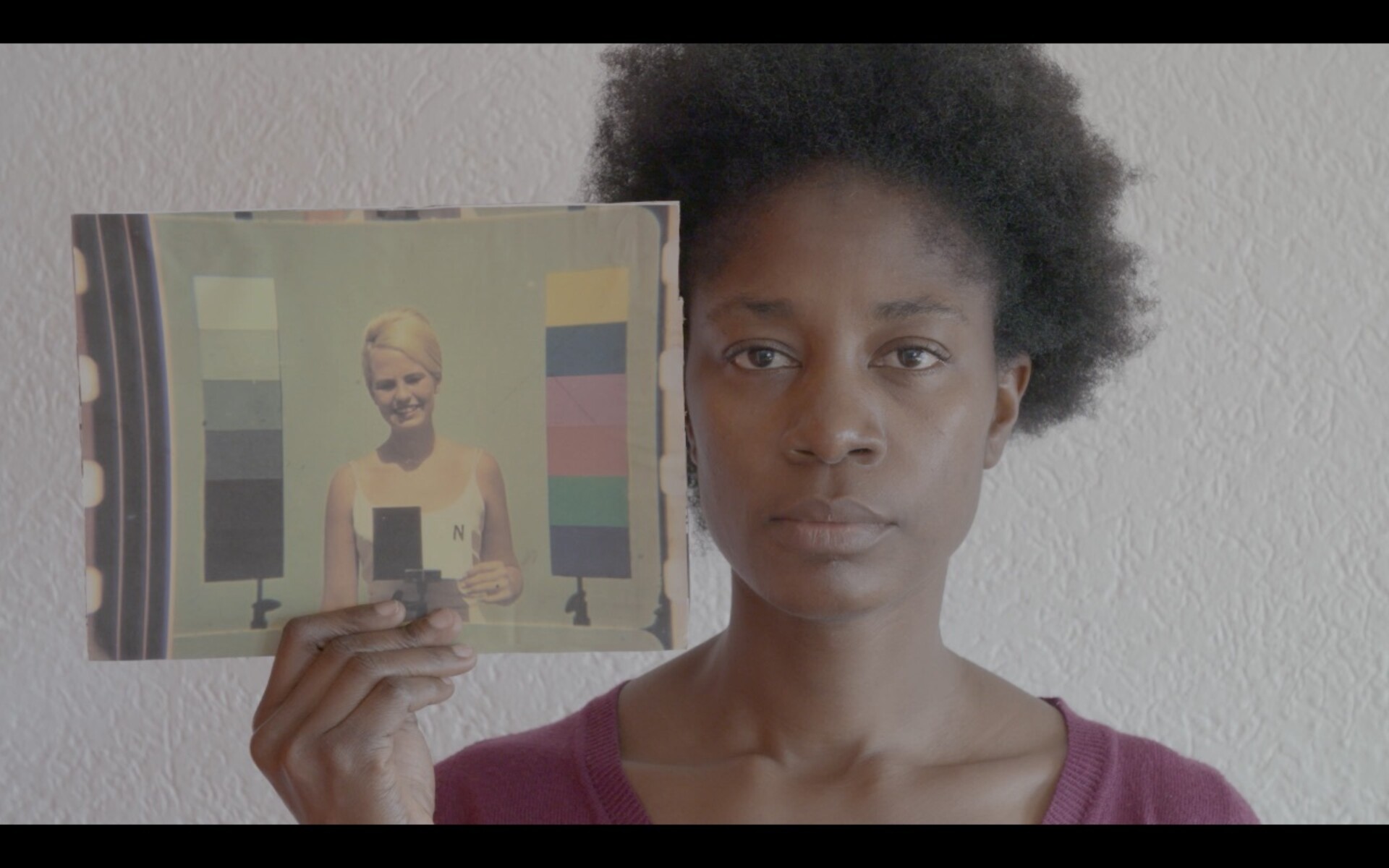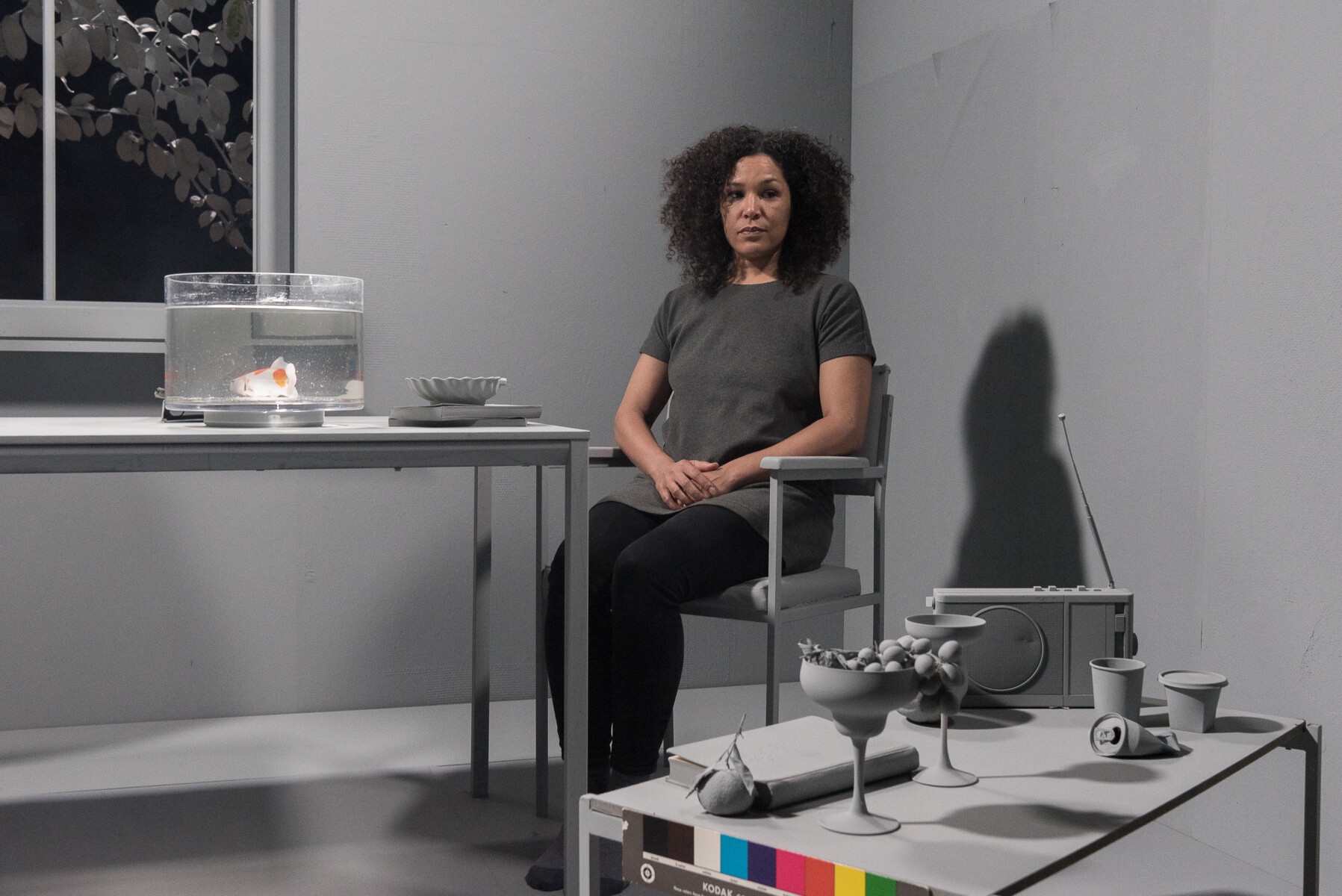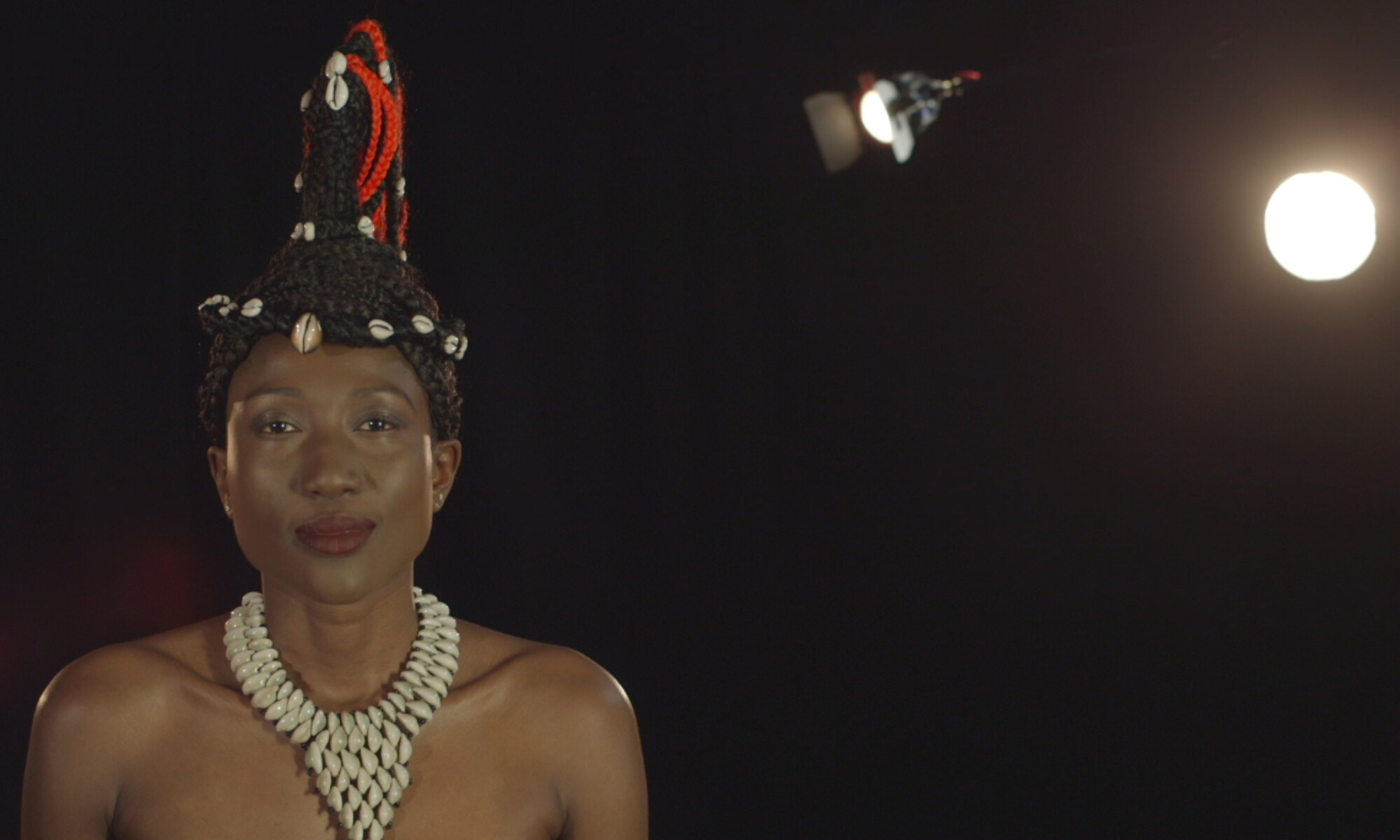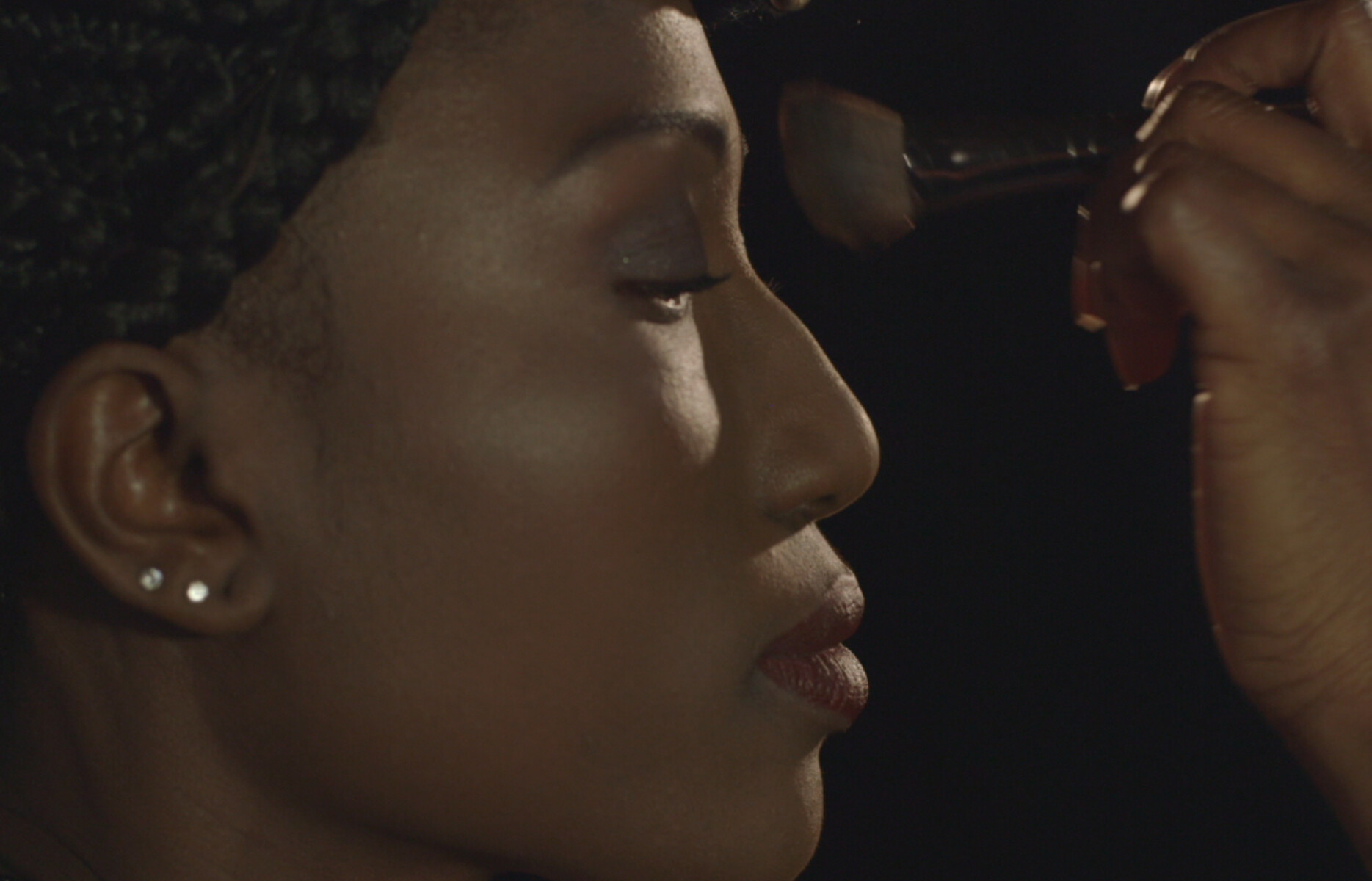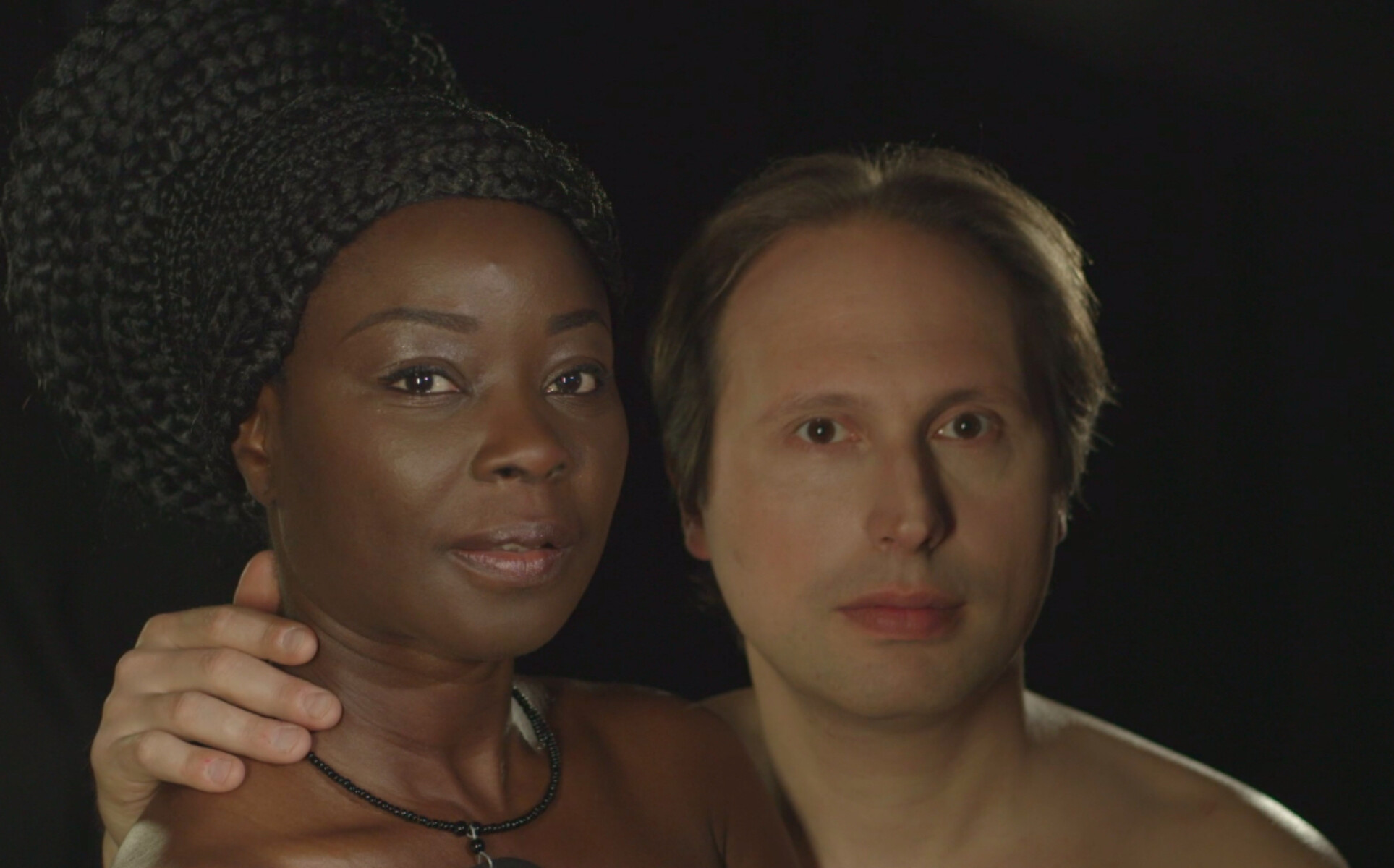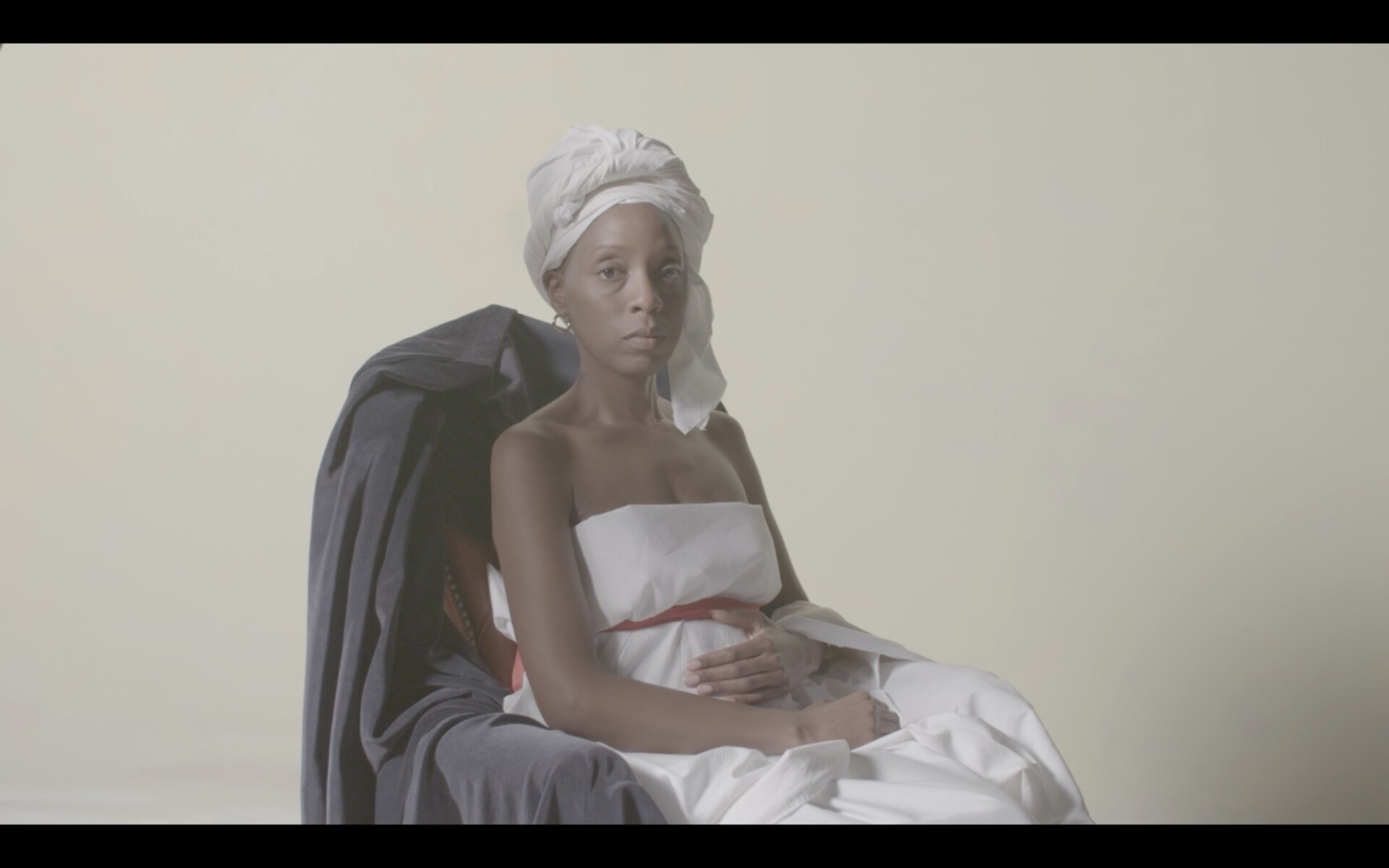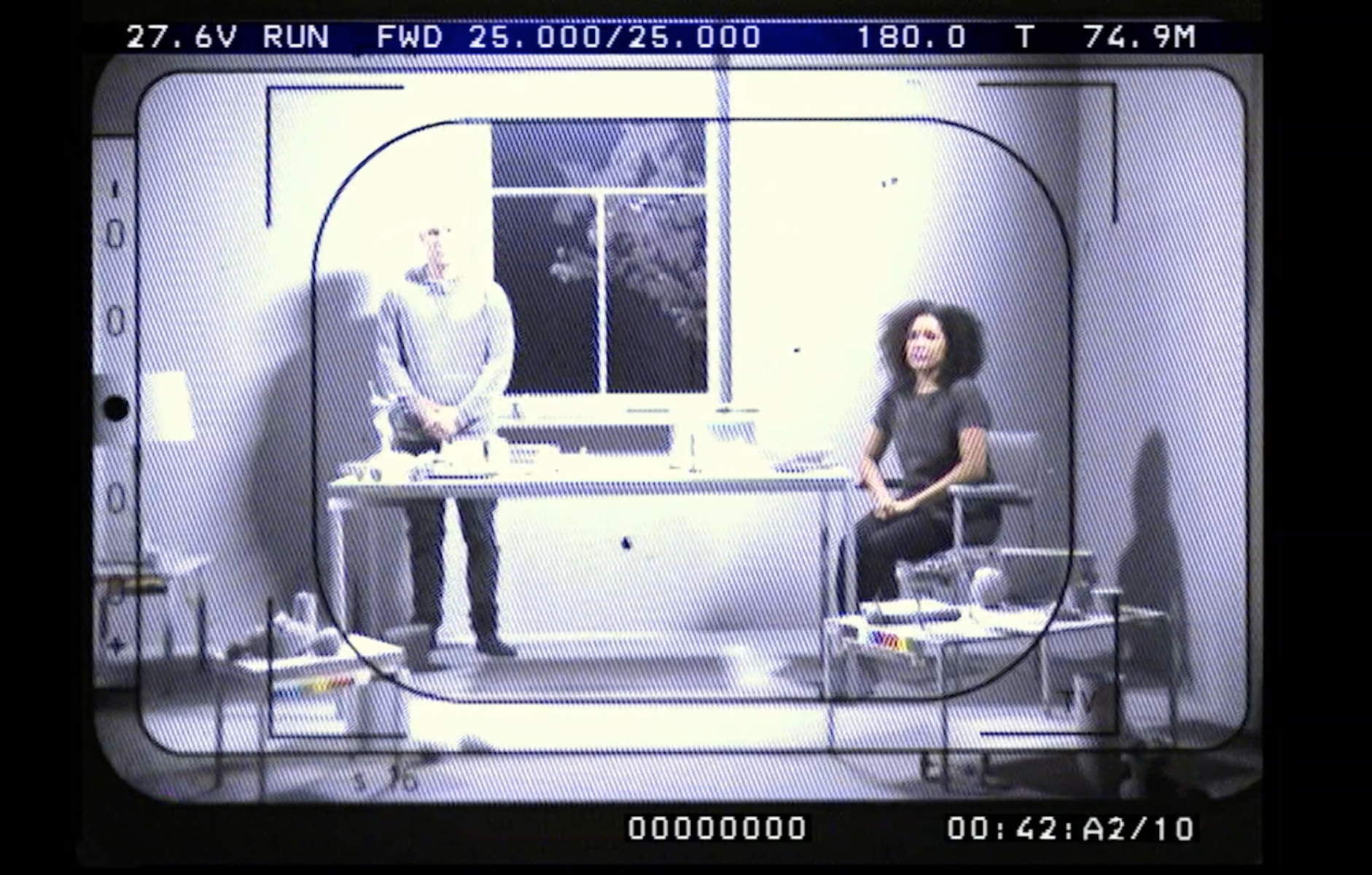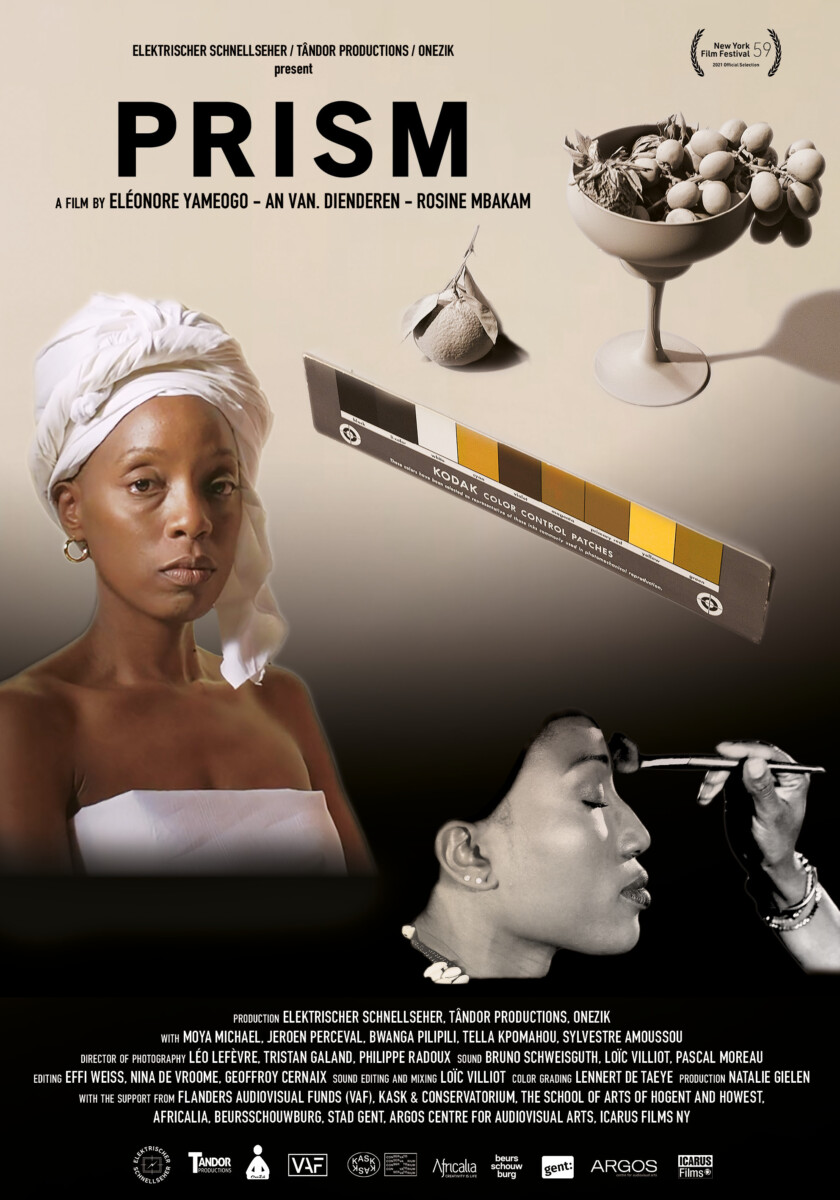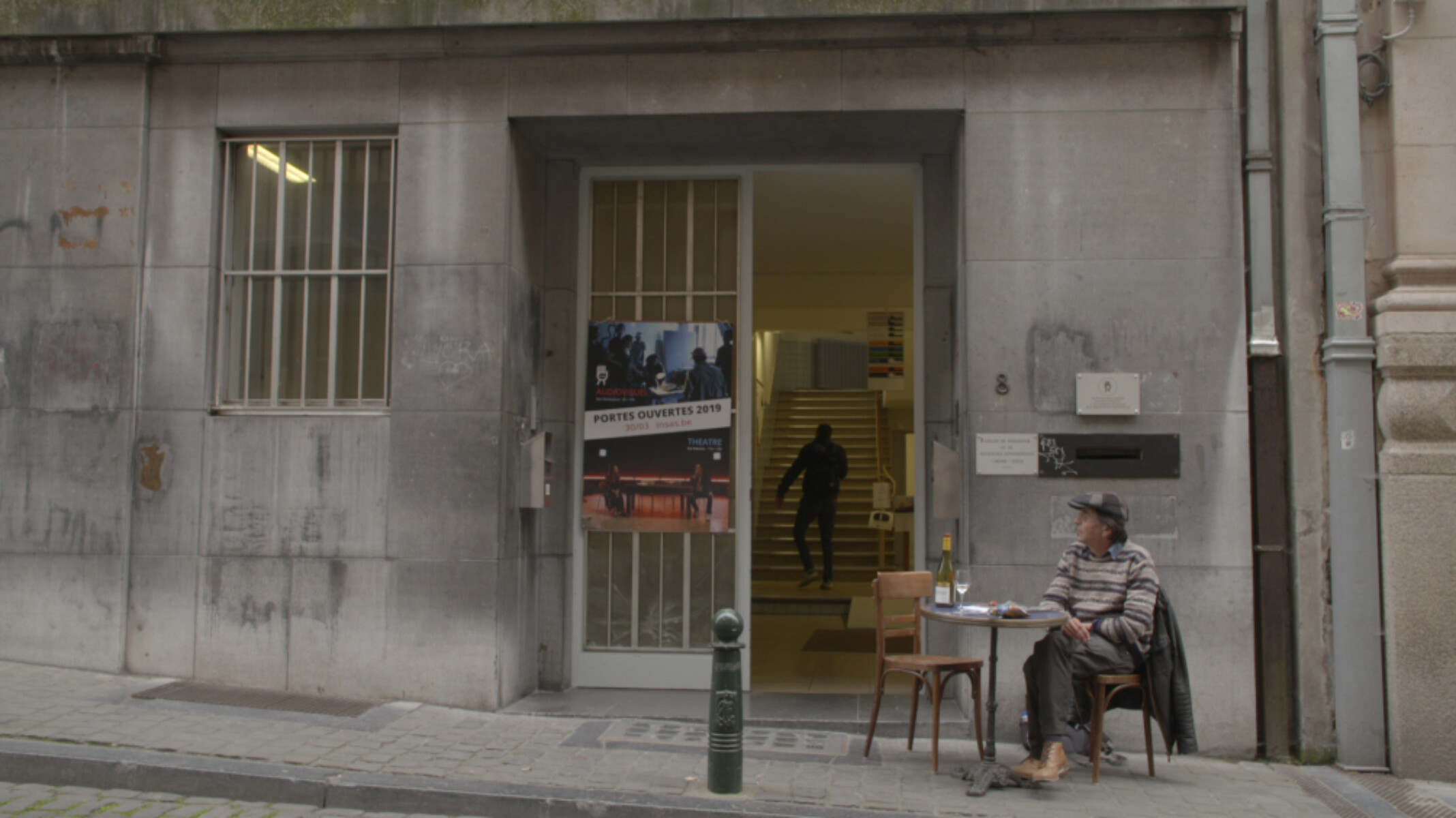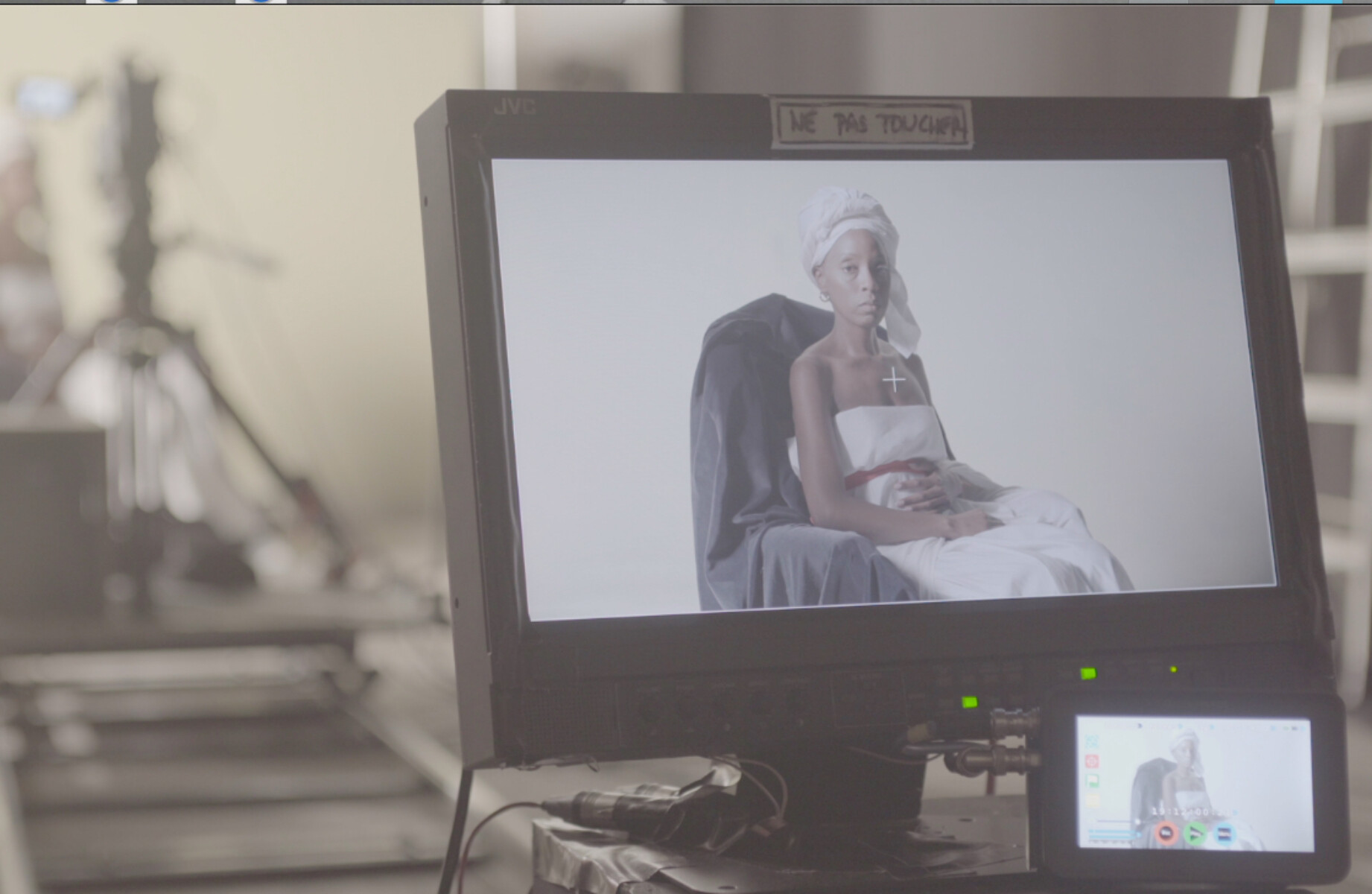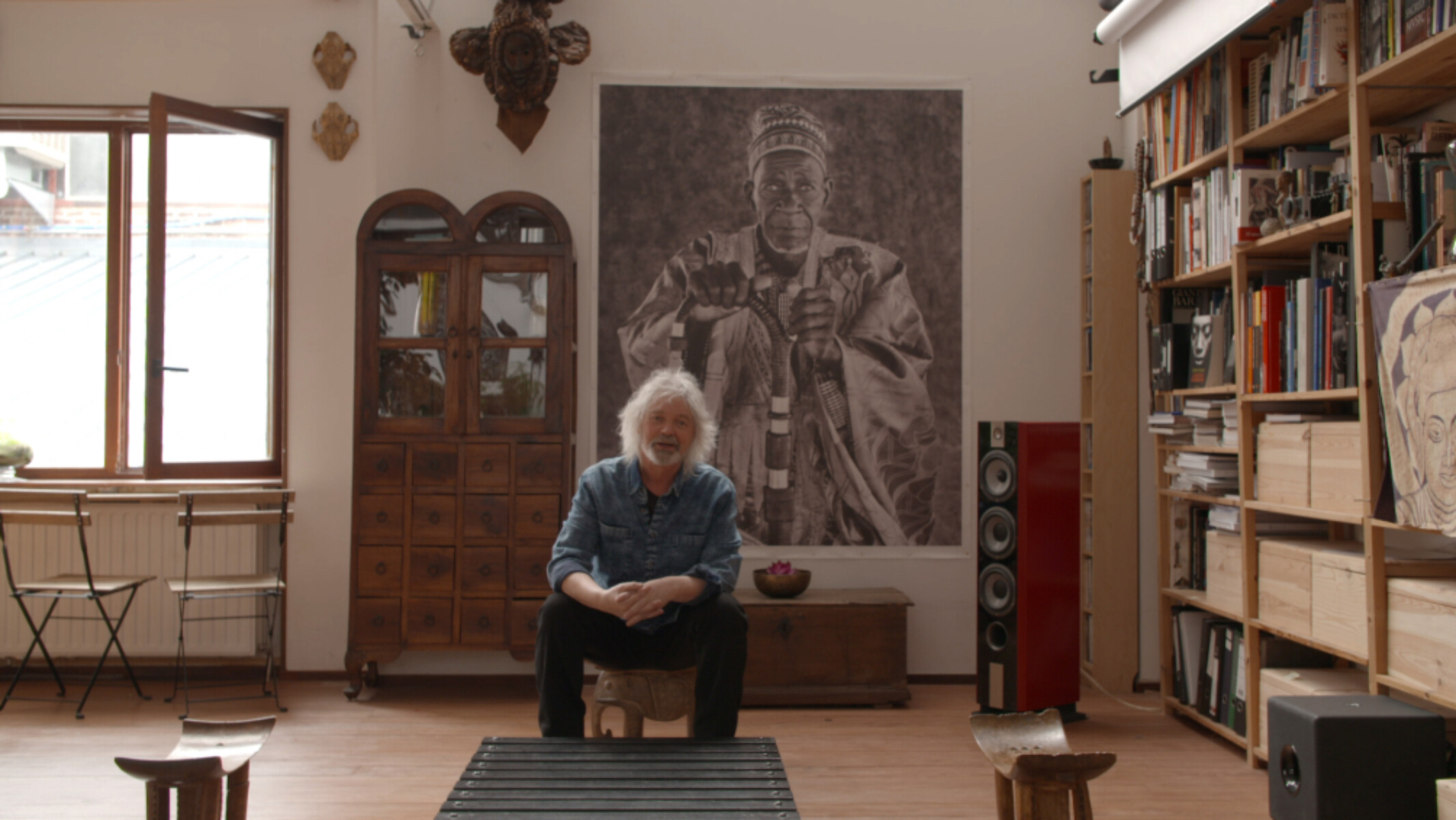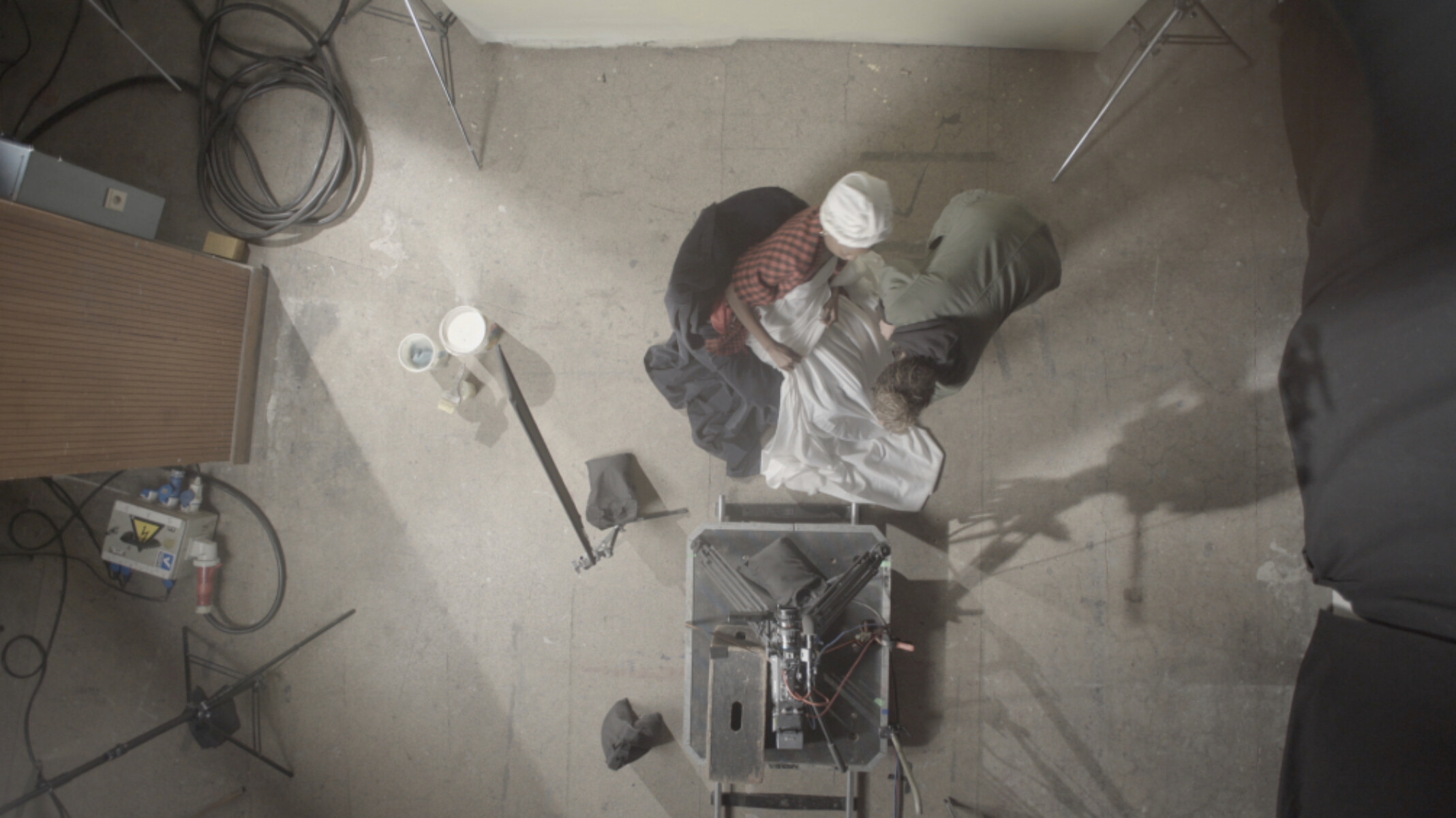This research project is situated at the intersection of documentary, anthropology and visual arts while it aims to explore the possibilities of co-creation in two films. This evolution away from the exclusivity of the unique author stems organically from the issues that I addressed in my previous film Lili (2015). Lili deals with the tradition of so-called China girls, in which white skin is used as an (invisible) standard for colour adjustment in audiovisual media. After each screening, spectators asked how filmmakers with a different skin colour than mine deal with this built-in racism. I therefore started looking for filmmakers whose work I find interesting and who have a different skin colour than I do. I thought it essential that the work that comes after Lili is co-creative. How can I know what it is to have a different skin colour and how this affects filmmaking? This issue also leads to research questions about the consequences of white privilege, white exclusivity on authorship in the arts, the importance of intersubjectivity and the need to share authorship. Moreover, these considerations are inspired by the invitation of media researchers Ella Shohat and Robert Stam to adopt a decolonizing stance by criticizing the balance of power in knowledge production. During this research, in addition to publications and lectures, the films Prism (2021) and Kopiraet (2024) will be developed on the basis of reciprocity, co-creation and participatory relationships. For the film Prism I work with filmmakers Rosine Mbakam and Eléonore Yameogo; for Kopiraet I work with anthropologist Hugo DeBlock and the Cultural Center and Archive in Vanuatu.
